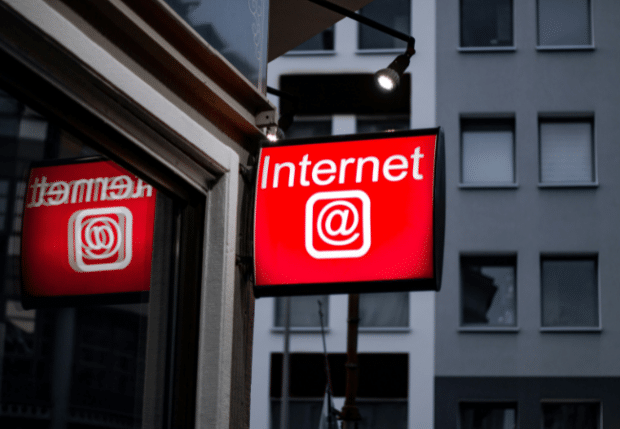Imagine if you can get internet access by shining a light on your phone and laptop. Surprisingly, this technology is a reality called Li-Fi or Light Fidelity, which uses light beams to transmit data, unlike Wi-Fi which uses radio waves. Li-Fi is sai...
Imagine if you can get internet access by shining a light on your phone and laptop. Surprisingly, this technology is a reality called Li-Fi or Light Fidelity, which uses light beams to transmit data, unlike Wi-Fi which uses radio waves.
Li-Fi is said to provide internet speeds that are 100 times faster than Wi-Fi or Wireless Fidelity.
But if Li-Fi is significantly faster than Wi-Fi, why are we still using the latter? Learn more about Light Fidelity to see how it will become part of the world’s digital transformation.
Article continues after this advertisement How does Li-Fi work?Light Fidelity advocate LiFi Group explains the technology uses visible light from overhead sources for data transmission. It uses a Visible Light Communication (VLC) system with two components:
FEATURED STORIES TECHNOLOGY vivo launches V40 Lite with 5000mAh battery covered by 50-month warranty, starts at Php 13,999 TECHNOLOGY Galaxy Buds3 Pro: Delivering tailored sound wherever you go TECHNOLOGY Very mindful, very intuitive: ASUS’ most superior AI PC yet, the Zenbook S 14, empowers you to achieve more A device that receives light signals via a photodiode A light source that transmits signals using a signal-processing unitThe VLC light source is usually an LED light bulb that shines a specific band of wavelengths. Then, the photodiode device converts the light into the electrical current of binary data containing text, videos, and other media.
LiFi Group said Harold Haas is the “father of Li-Fi,” who has dedicated two decades to VCL research. As a result, he earned the Best Paper Award at the International Symposium on Personal, Indoor, and Mobile Radio Communications (PIMRC) in 1999.
Article continues after this advertisementREAD: LiFi: Using light for in-flight connectivity
Article continues after this advertisementOn December 3, 2015, Haas gave a TED Talk on Light Fidelity you can watch on YouTube.
Article continues after this advertisement Light Fidelity vs Wireless Fidelity
 Free stock photo from Unsplash
Free stock photo from Unsplash
As mentioned, Li-Fi is 100 times faster than Wi-Fi, but that’s not the only advantage it has over the latter:
Energy transmission: Li-Fi only needs LED lights and a medium for data transmission. Conversely, Wi-Fi uses more energy because it needs two radios to transmit radio waves. Security: You can use your neighbor’s Wi-Fi if the signal extends outside their home. On the other hand, you can only connect to the Internet via Li-Fi if it shines directly on your device. Availability: Many still don’t have internet access, but most have access to electrical lighting. Soon, street lights, building lights, and other forms of illumination could provide everyone with internet access.READ: How to find your Wi-Fi password
Article continues after this advertisementOf course, Light Fidelity has some issues:
Limited Range: Light can’t pass through walls, so neither can Li-Fi. Still, people could install this technology so that it illuminates a huge area, giving online access to more people. Limited Compatibility: Li-Fi is a relatively new technology, so it’s only compatible with a few devices. Not the answer to slow internet speeds: Ironically, Light Fidelity might provide slow internet speeds depending on your telecom provider.Nevertheless, LiFi Group says this technology could aid in undersea explorations, airlines, hospitals, and homes. Also, further research and development could make it as essential as Wi-Fi.
Subscribe to our daily newsletter